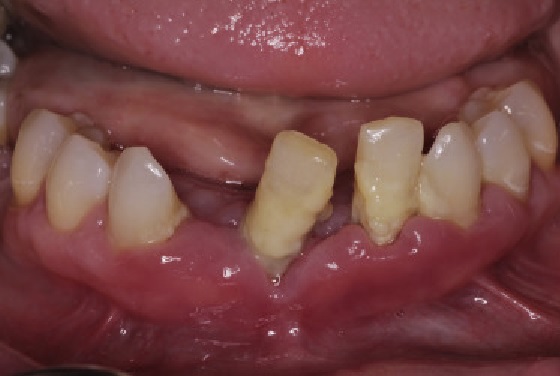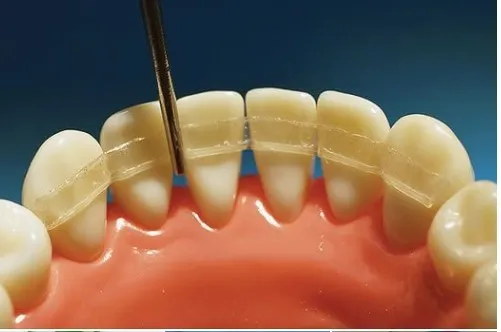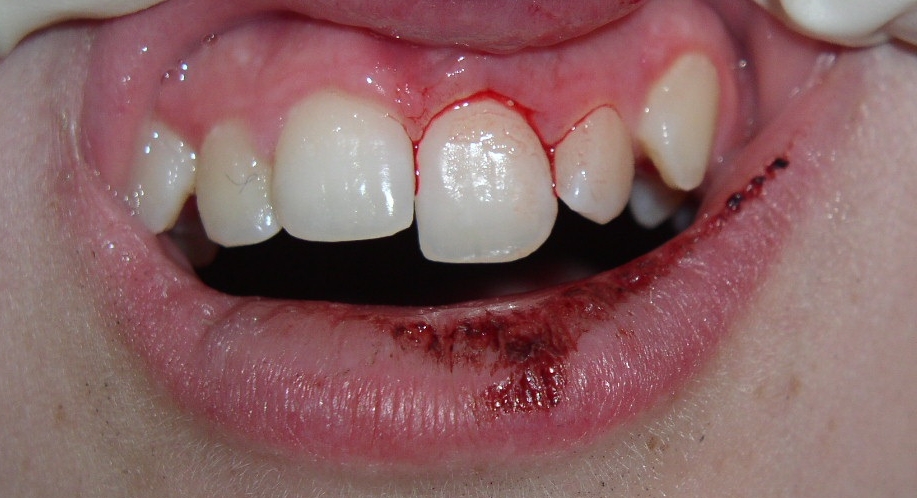Comprehensive Guide to Loose Teeth: Causes, Treatment, and Prevention

A loose tooth in adulthood can be alarming. While a wobbly tooth is normal for children, in adults, it’s often a sign of underlying dental issues that need prompt attention. Whether caused by injury, gum disease, or other factors, a loose tooth shouldn’t be ignored. In this comprehensive guide, we’ll explore what causes a loose tooth, how to treat it, and preventive steps to ensure long-term dental health.
What is a Loose Tooth?
A loose tooth refers to a tooth that has become unstable within its socket. Typically, teeth are anchored firmly in the jaw by a network of bones and soft tissues. If the structures supporting the tooth weaken or are damaged, the tooth can start to move.
Common Causes of Loose Teeth
There are several reasons why an adult may experience a loose tooth. Here are the most common causes:
1. Periodontal Disease (Gum Disease)
Periodontal disease is one of the leading causes of loose teeth in adults. This condition affects the gums and the bone structure supporting your teeth. As it progresses, the gums pull away from the teeth, causing the teeth to become unstable. Symptoms include swollen, bleeding gums, receding gums, and persistent bad breath.
Key stages of gum disease:
- Gingivitis: Early stage marked by gum inflammation.
- Periodontitis: Advanced stage where gums and bones are severely affected, leading to loose teeth.
Preventive Tip: Regular dental check-ups and proper oral hygiene, including brushing twice a day and flossing, can help prevent periodontal disease.
2. Trauma or Injury
A sudden blow to the mouth due to an accident or sports injury can loosen a tooth. This can damage the tissues and bones supporting the tooth, making it unstable.
What to do after trauma:
- See a dentist immediately for an evaluation.
- Avoid wiggling or chewing on the tooth until you receive professional advice.
3. Teeth Grinding (Bruxism)
Teeth grinding, particularly during sleep, can place excessive pressure on your teeth, leading to loosening over time. Bruxism can also contribute to tooth wear and temporomandibular joint (TMJ) issues.
Signs of bruxism:
- Morning headaches or jaw pain.
- Worn-down or flattened teeth.
4. Osteoporosis
Osteoporosis, a condition characterized by the weakening of bones, can affect the jawbone, leading to tooth mobility. Women, especially postmenopausal women, are at higher risk of developing osteoporosis, which can exacerbate dental problems.
Preventive Tip: Regular exercise, a calcium-rich diet, and medications prescribed by your healthcare provider can help manage osteoporosis and reduce its effects on your oral health.
5. Pregnancy-Related Hormonal Changes
Hormonal fluctuations during pregnancy can increase blood flow to the gums, leading to swelling, inflammation, and loose teeth. This condition, known as pregnancy gingivitis, typically resolves after childbirth but requires close attention during pregnancy.
Preventive Tip: Maintain good oral hygiene during pregnancy, and consult your dentist regularly to address any dental concerns.
6. Poor Oral Hygiene
Neglecting proper oral care can lead to plaque buildup, which contributes to gum disease and tooth decay. Both of these conditions can loosen your teeth over time.
Stages of a loose tooth in adults
Symptoms of a Loose Tooth
Aside from the obvious feeling of movement, there are several signs you might notice if you have a loose tooth:
- Pain or discomfort when biting or chewing.
- Gum swelling or redness around the affected tooth.
- Bleeding gums.
- Persistent bad breath, often a sign of gum infection.
- Receding gums that expose the tooth root.
How to Tighten a Loose Tooth
Treatment options for a loose tooth vary depending on the cause and severity of the condition. Here are several methods that dentists may recommend:
1. Scaling and Root Planing
If gum disease is the cause, deep cleaning procedures such as scaling and root planing are essential. This treatment involves removing plaque and tartar from below the gumline and smoothing the tooth roots to help gums reattach to the teeth.
2. Splinting
For teeth loosened due to injury or bruxism, dental splinting may be used. This procedure involves bonding the loose tooth to adjacent stable teeth using a dental splint. This helps to stabilize the loose tooth until it reattaches to the bone and gum tissue.
3. Bite Adjustment
If bruxism is causing the loose tooth, your dentist may recommend a bite adjustment. This treatment involves reshaping the surfaces of your teeth to reduce excessive pressure and wear.
4. Bone Grafting
In cases where bone loss is the issue (due to gum disease or osteoporosis), a bone graft may be necessary. This procedure helps to regenerate lost bone tissue and stabilize the tooth.
5. Medication
Antibiotics may be prescribed to treat underlying infections contributing to the loose tooth. Additionally, if osteoporosis is contributing to the condition, medications for bone density improvement might be recommended.
6. Tooth Extraction and Replacement
If the tooth cannot be saved, extraction may be the only option. However, this doesn’t mean you’re left with a gap. There are many replacement options such as dental implants, bridges, or dentures.
Home Remedies for a Loose Tooth
While professional dental care is critical, there are also some steps you can take at home to manage a loose tooth temporarily:
- Rinse with salt water: Saltwater rinses help reduce infection and inflammation around the loose tooth.
Can salt water tighten loose teeth?
- Avoid hard foods: Eating soft foods helps reduce strain on the tooth and surrounding tissues.
- Use a mouthguard: If bruxism is contributing to the issue, wearing a mouthguard at night can prevent further damage.
Important Note: Home remedies can help manage symptoms but should not replace professional dental care. If you notice a loose tooth, it’s essential to consult a dentist for a proper diagnosis and treatment plan.
How to tighten a loose tooth at home
Preventing a Loose Tooth
Prevention is always better than cure. Here are several steps you can take to prevent your teeth from becoming loose:
1. Maintain Good Oral Hygiene
Brush your teeth twice daily, floss regularly, and use an antimicrobial mouthwash to keep your gums and teeth healthy.
2. Regular Dental Checkups
Visit your dentist every six months for routine cleanings and checkups. Early detection of dental issues can prevent loose teeth from developing.
3. Wear a Mouthguard for Bruxism
If you grind your teeth at night, wearing a custom-made mouthguard can help reduce damage and protect your teeth.
4. Eat a Balanced Diet
A diet rich in calcium, vitamin D, and other essential nutrients supports bone health and helps keep your teeth strong.
5. Quit Smoking
Smoking is a significant risk factor for periodontal disease, which can lead to loose teeth. Quitting smoking can improve both your oral and overall health.
When to See a Dentist
A loose tooth in adulthood should never be ignored. Schedule an appointment with your dentist if:
- You notice any movement in your teeth.
- You experience persistent gum bleeding or swelling.
- You have difficulty chewing due to pain or discomfort.
Early intervention can prevent further damage and help you maintain your natural teeth for as long as possible.
Conclusion
A loose tooth can be a distressing experience, but understanding the underlying causes and treatment options can help guide you toward a solution. Whether it’s gum disease, injury, or another factor, addressing the issue promptly can prevent further damage and improve your oral health.
Maintaining a strong oral hygiene routine, attending regular dental checkups, and seeking timely treatment when needed can help you avoid the complications associated with loose teeth. If you notice any signs of a loose tooth, don’t hesitate to seek professional help.
High-Quality References:
- American Academy of Periodontology. (2021). What is Periodontal Disease?
- Mayo Clinic. (2023). Osteoporosis and Dental Health
- Colgate. (2023). How to Prevent and Treat Loose Teeth
By following the expert advice above, you can ensure that your teeth stay firmly in place and enjoy a healthy smile for years to come.







